Knowing your hardiness zone is an essential part of gardening successfully. Hardiness zones provide vital information, such as average low winter temperature ranges, which help you make decisions about the plants you grow there. However, it’s also essential to know about microclimates, smaller areas with a climate different from the hardiness zone’s. We recommend starting with your hardiness zone information and then checking to see if your area falls into a microclimate. Choose your plants, and you’re ready to start gardening!
-
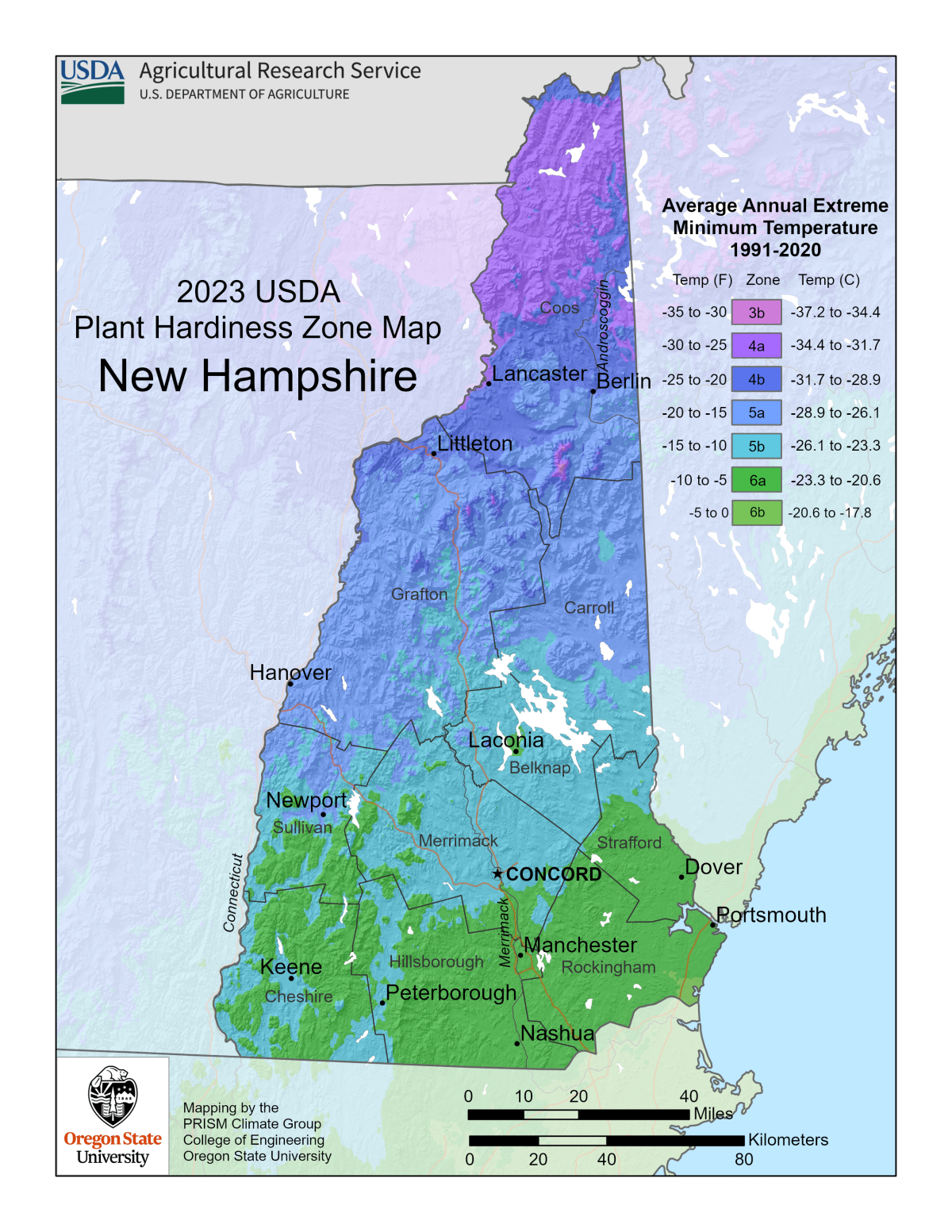
New Hampshire Plant Hardiness Zones Map And Gardening Guide
There’s a lot to know about New Hampshire plant hardiness zones, including extreme weather, gardening tips, and plant suggestions!
-
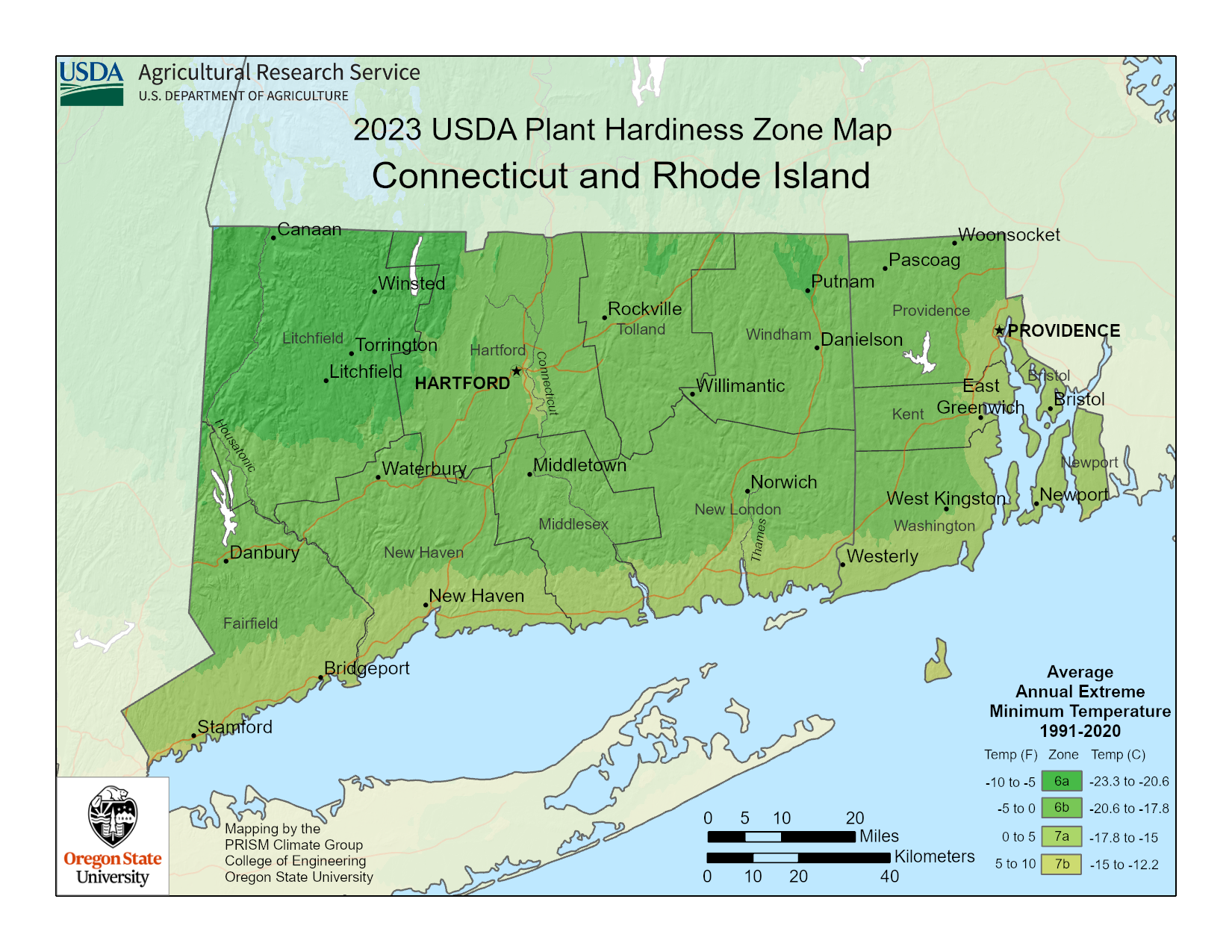
Rhode Island Plant Hardiness Zones Map And Gardening Guide
There’s a lot to know about Rhode Island plant hardiness zones, including extreme weather, gardening tips, and plant suggestions!
-
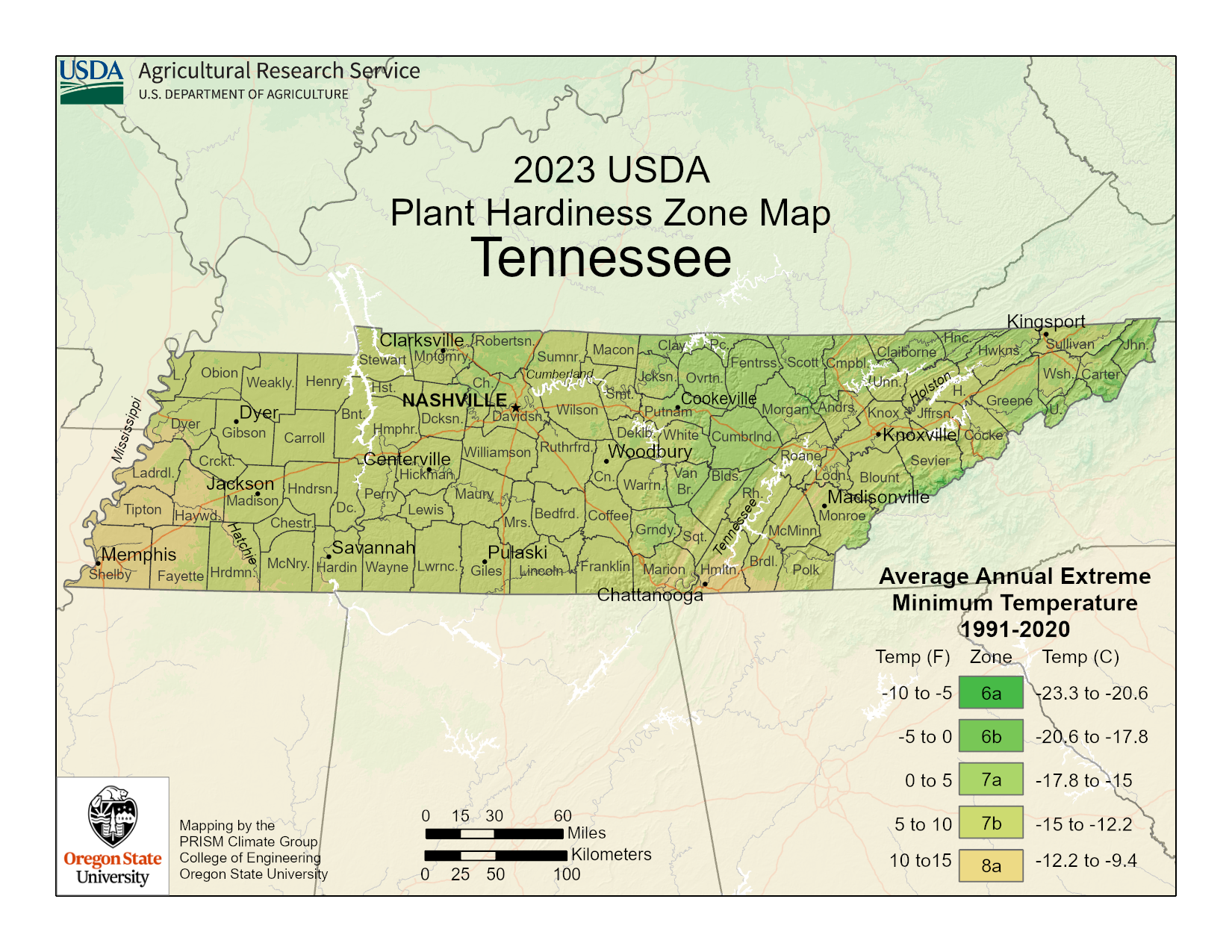
Tennessee Plant Hardiness Zones Map And Gardening Guide
There’s a lot to know about Tennessee plant hardiness zones, including extreme weather, gardening tips, and plant suggestions!
-
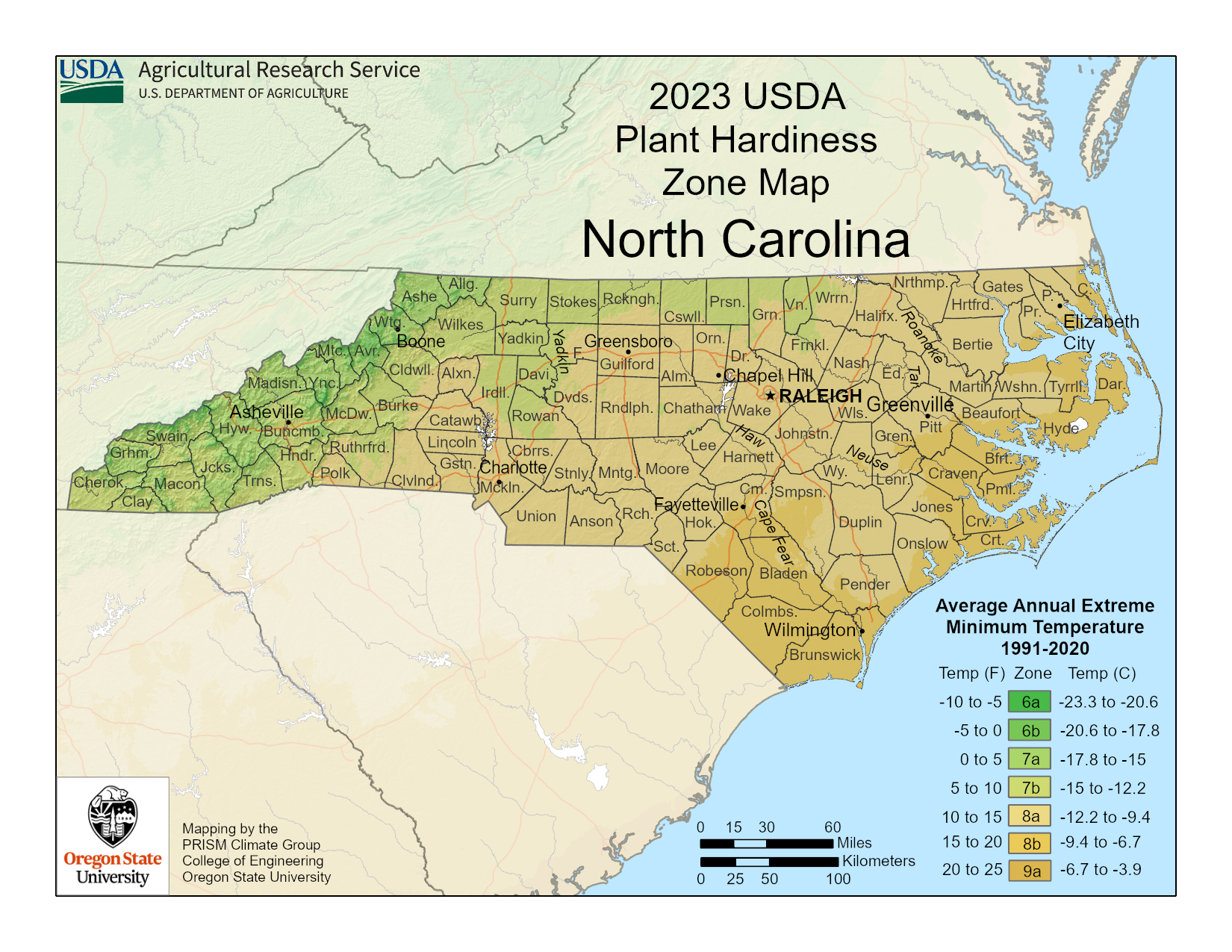
North Carolina Plant Hardiness Zones Map And Gardening Guide
There’s a lot to know about North Carolina plant hardiness zones, including extreme weather, gardening tips, and plant suggestions!
-
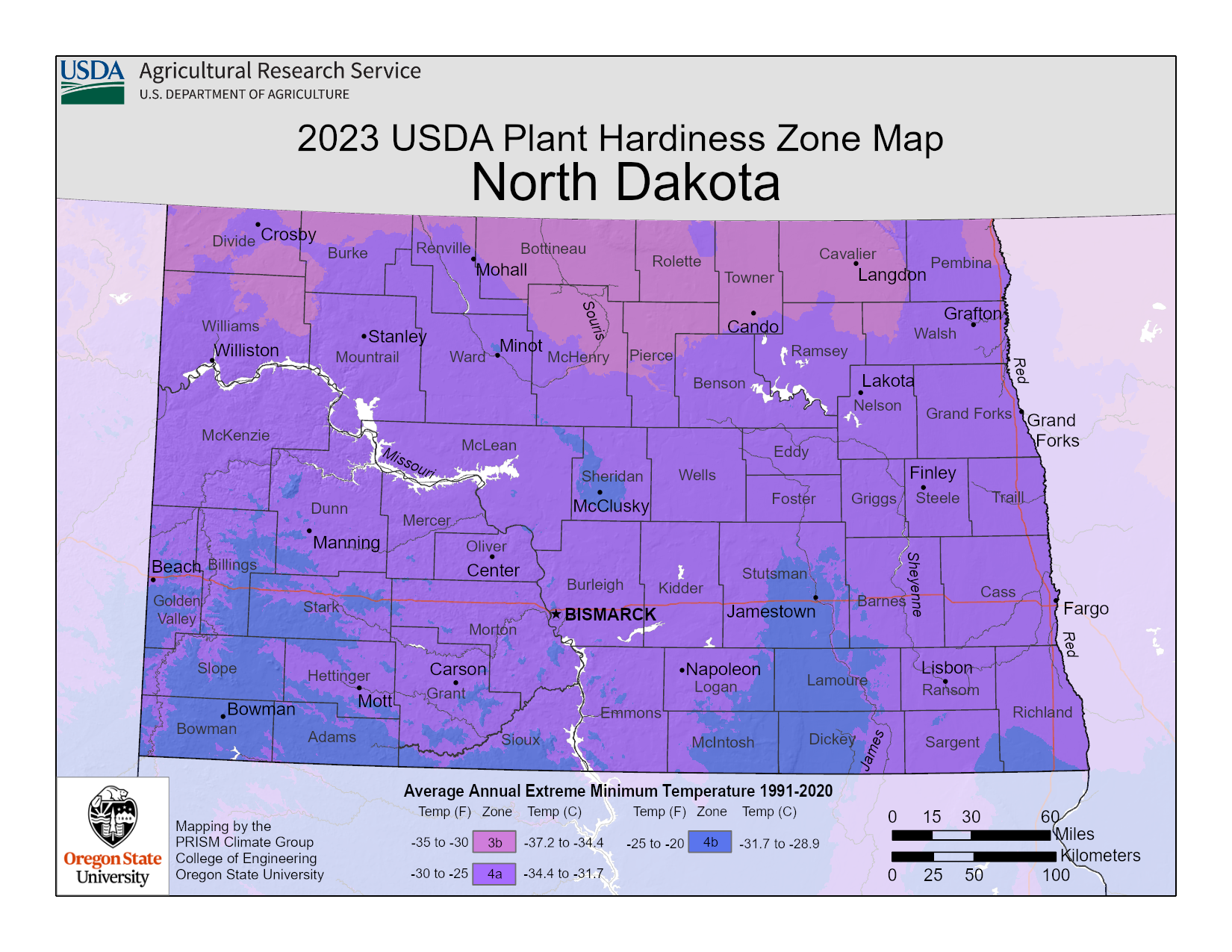
North Dakota Plant Hardiness Zones Map And Gardening Guide
There’s a lot to know about North Dakota plant hardiness zones, including extreme weather, gardening tips, and plant suggestions!
-

Oklahoma Plant Hardiness Zones Map And Gardening Guide
There’s a lot to know about Oklahoma plant hardiness zones, including extreme weather, gardening tips, and plant suggestions!
-
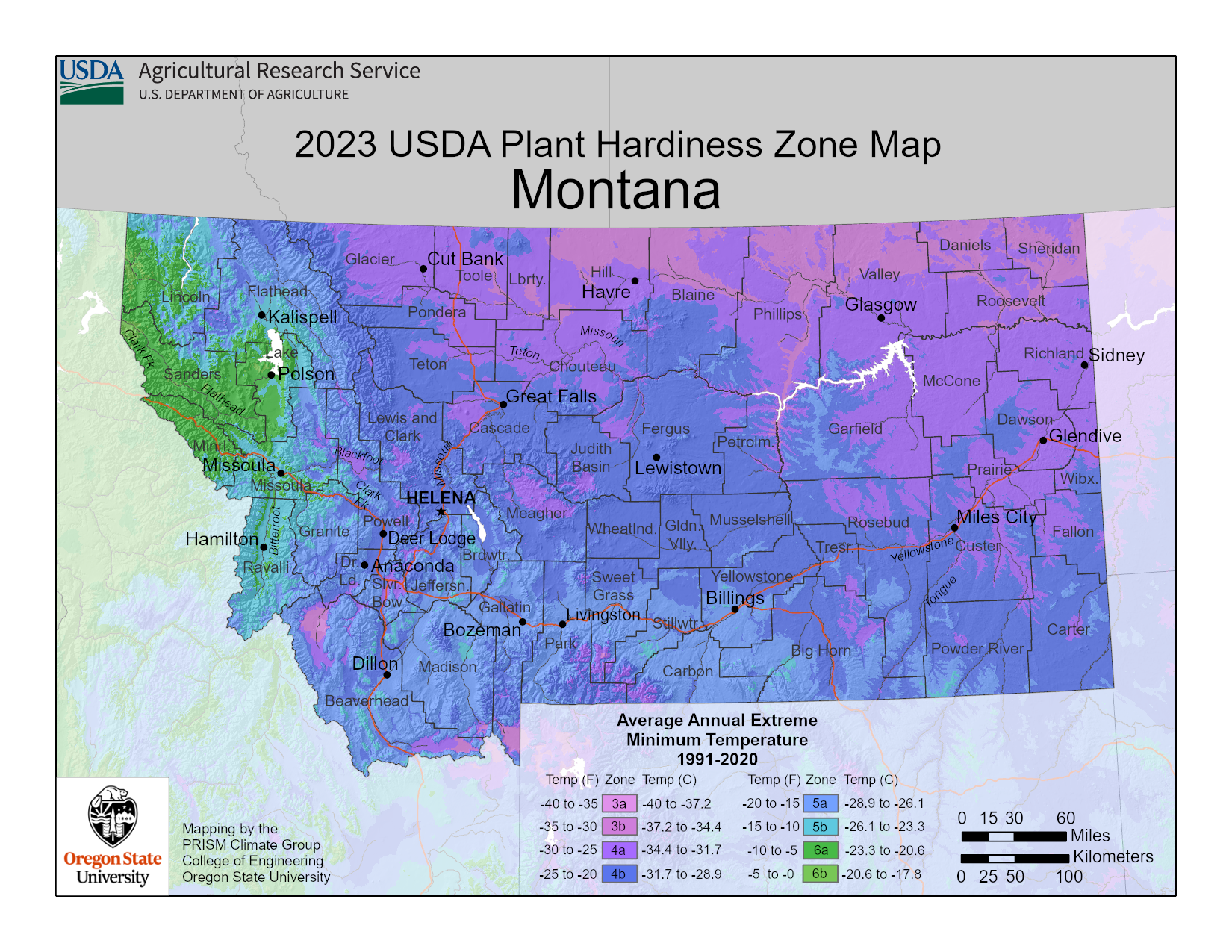
Montana Plant Hardiness Zones Map And Gardening Guide
There’s a lot to know about Montana plant hardiness zones, including extreme weather, gardening tips, and plant suggestions!
-
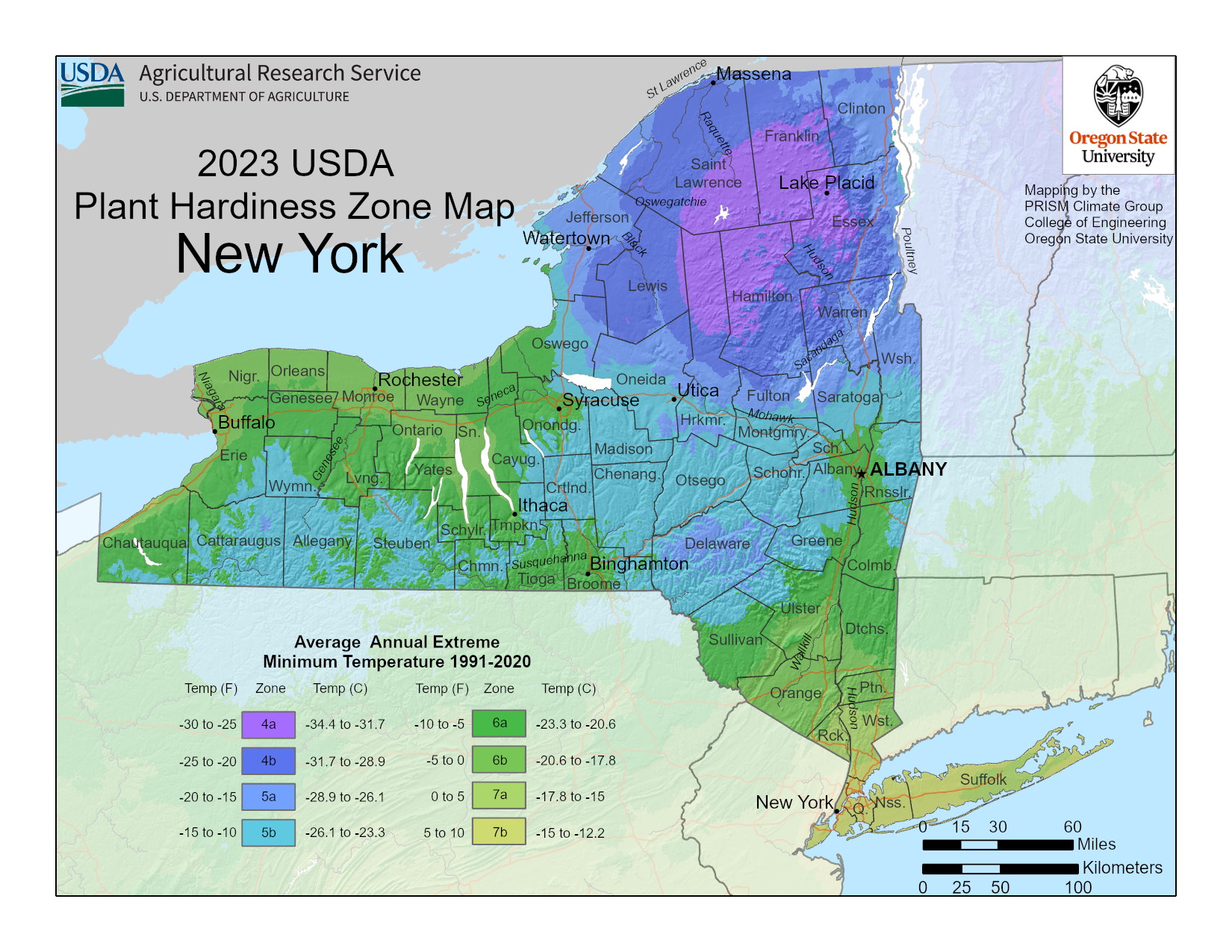
New York Plant Hardiness Zones Map And Gardening Guide
There’s a lot to know about New York plant hardiness zones, including extreme weather, gardening tips, and plant suggestions!
-
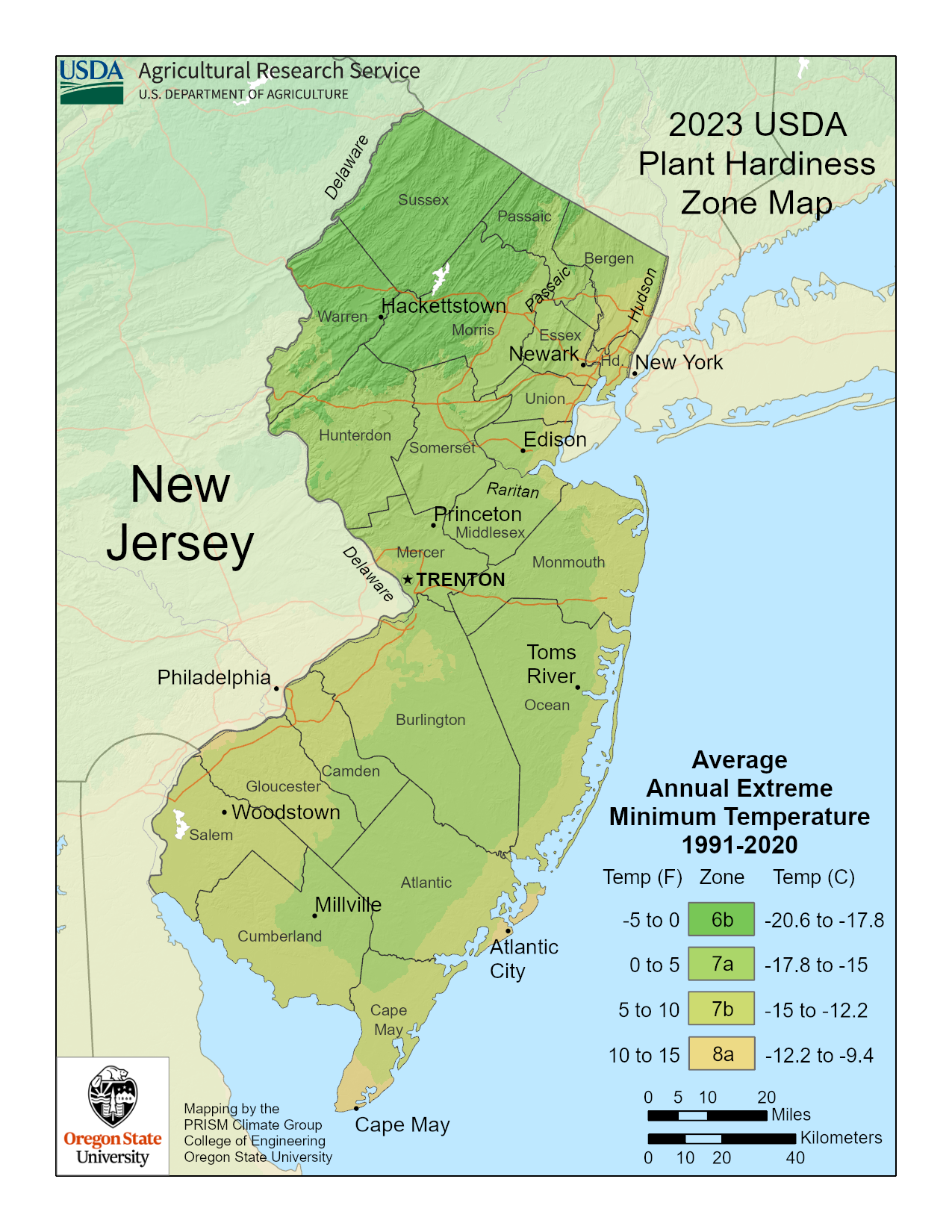
New Jersey Plant Hardiness Zones Map And Gardening Guide
There’s a lot to know about New Jersey plant hardiness zones, including extreme weather, gardening tips, and plant suggestions!
-
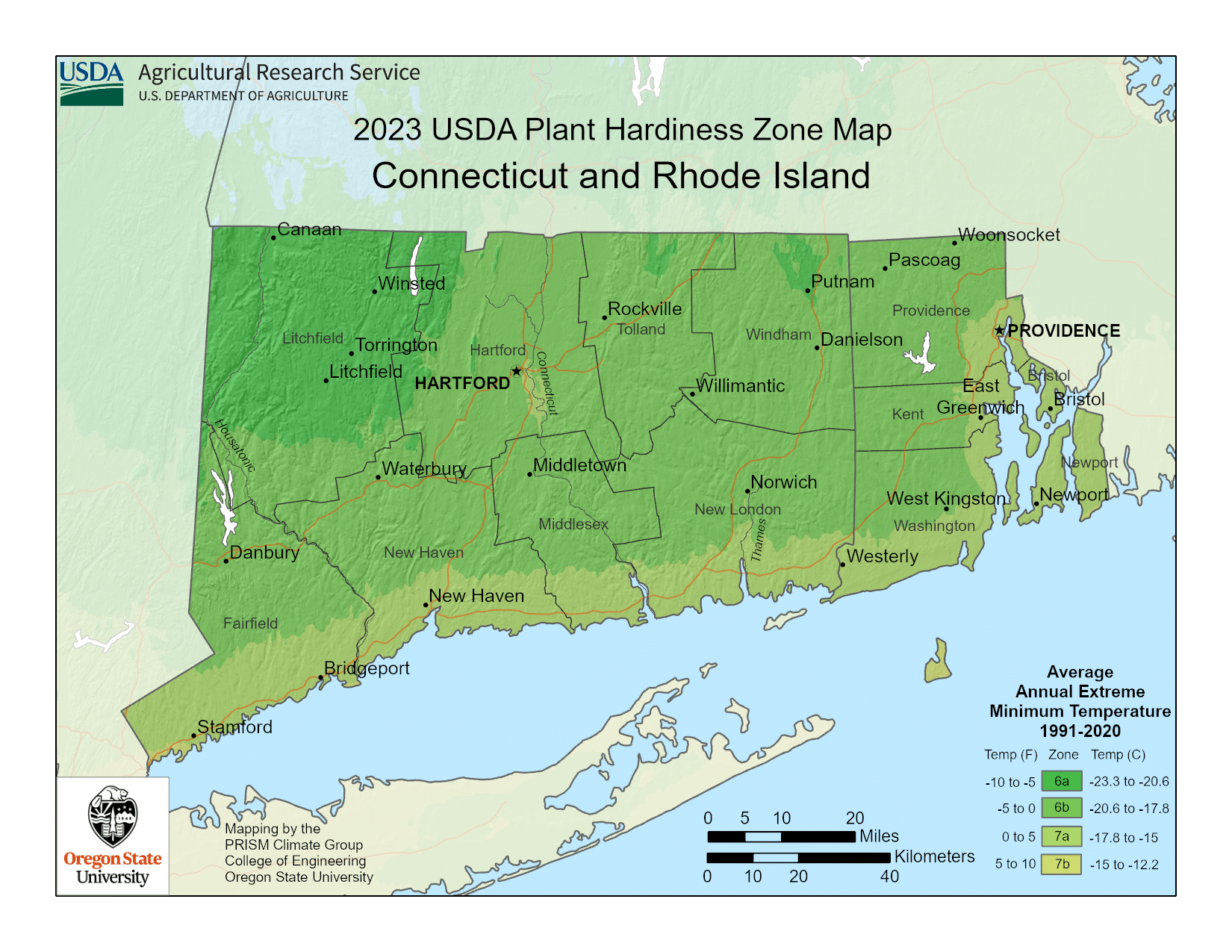
Connecticut Plant Hardiness Zones Map And Gardening Guide
There’s a lot to know about Connecticut plant hardiness zones, including extreme weather, gardening tips, and plant suggestions!
-
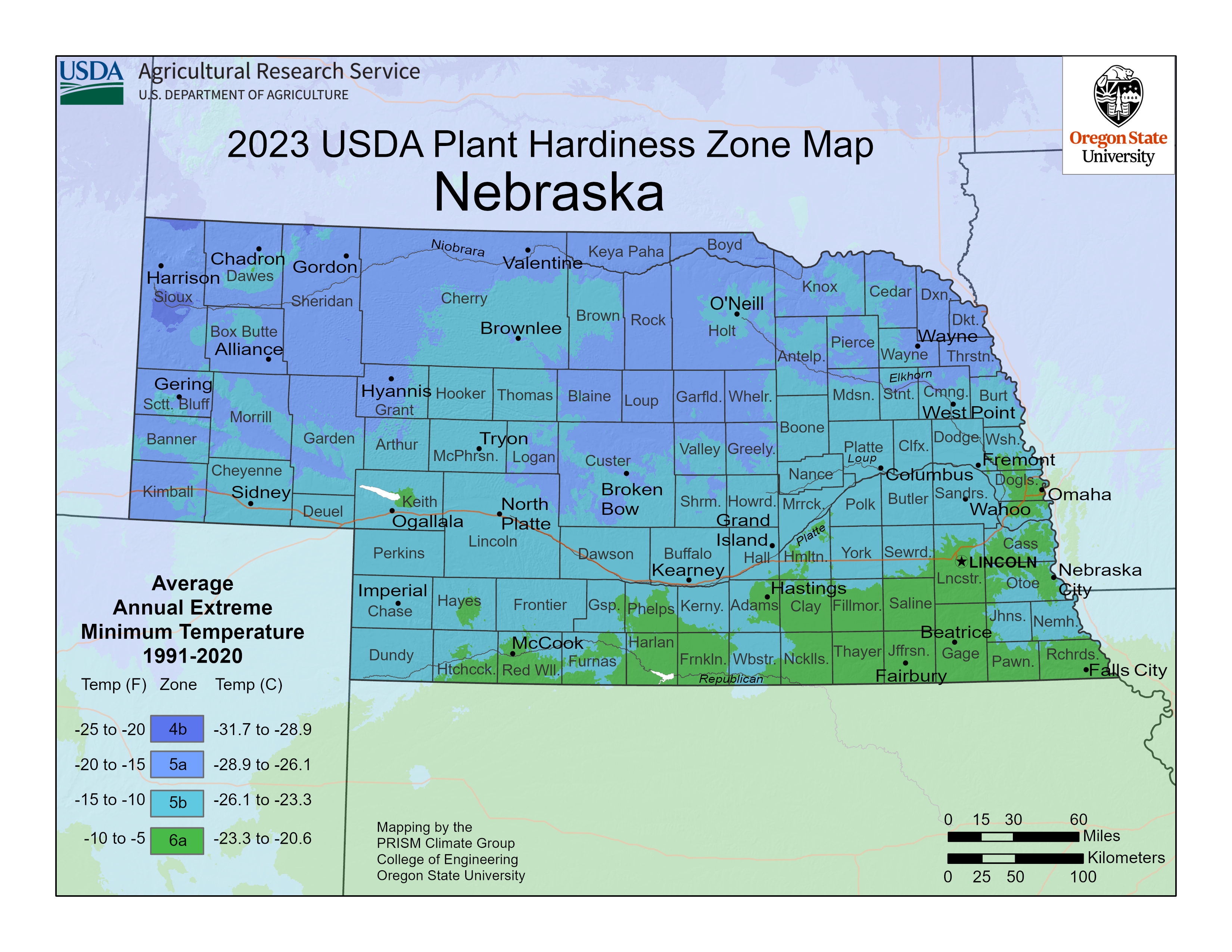
Nebraska Plant Hardiness Zones Map And Gardening Guide
There’s a lot to know about Nebraska plant hardiness zones, including extreme weather, gardening tips, and plant suggestions!
-
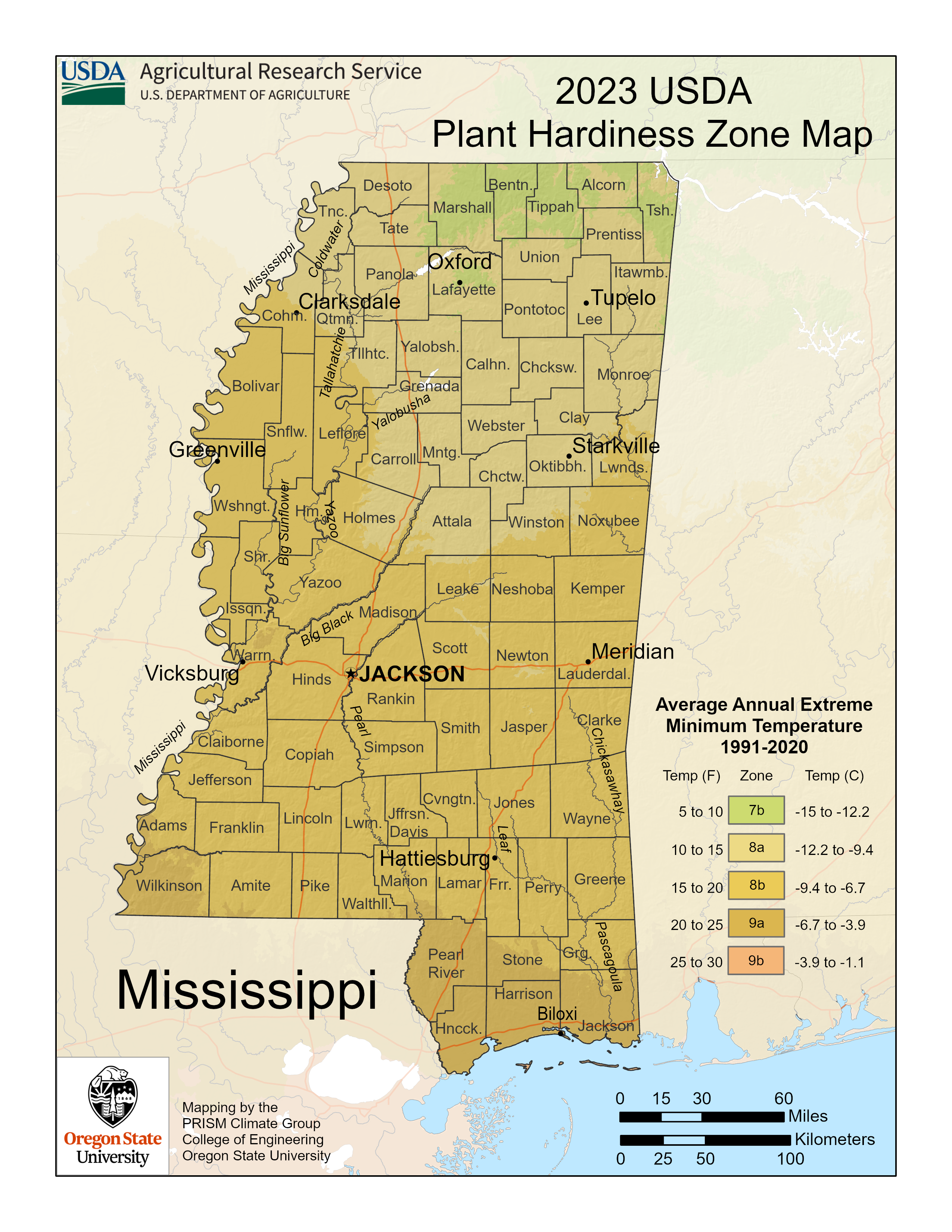
Mississippi Plant Hardiness Zones Map And Gardening Guide
There’s a lot to know about Mississippi plant hardiness zones, including extreme weather, gardening tips, and plant suggestions!
-

Arkansas Plant Hardiness Zones Map And Gardening Guide
There’s a lot to know about Arkansas plant hardiness zones, including extreme weather, gardening tips, and plant suggestions!
-
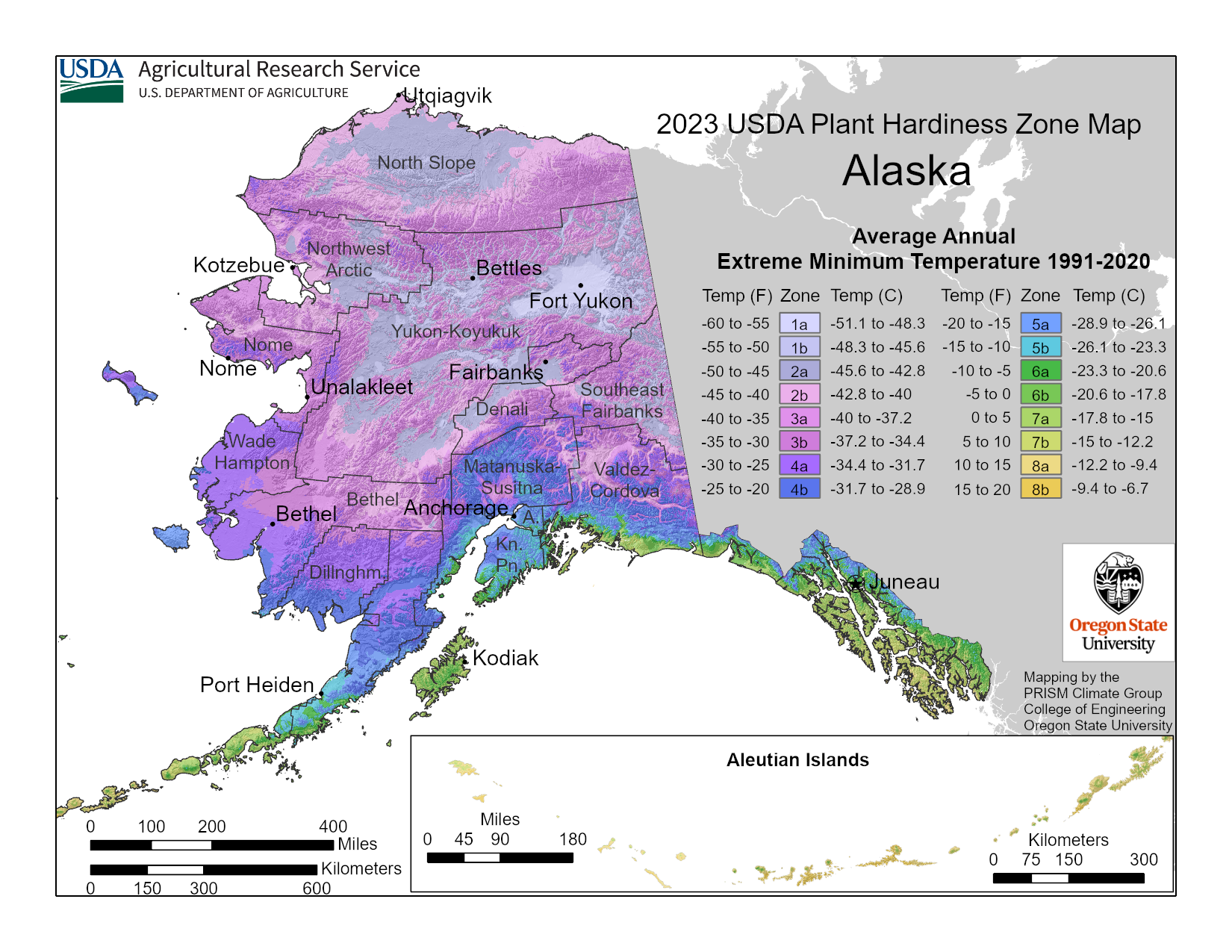
Alaska Plant Hardiness Zones Map And Gardening Guide
There’s a lot to know about Alaska plant hardiness zones, including extreme weather, gardening tips, and plant suggestions!
-
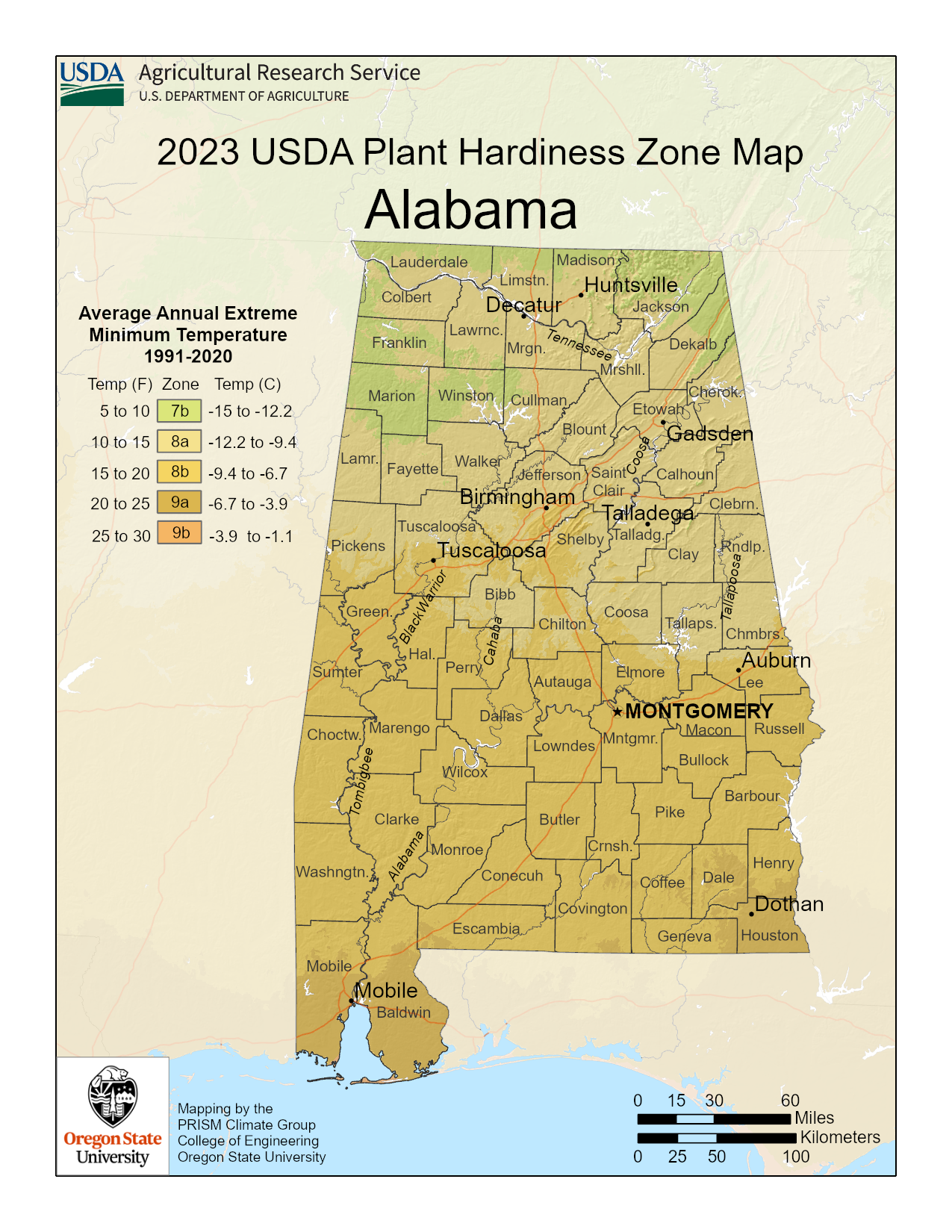
Alabama Plant Hardiness Zones Map And Gardening Guide
There’s a lot to know about Alabama plant hardiness zones, including extreme weather, gardening tips, and plant suggestions!
-
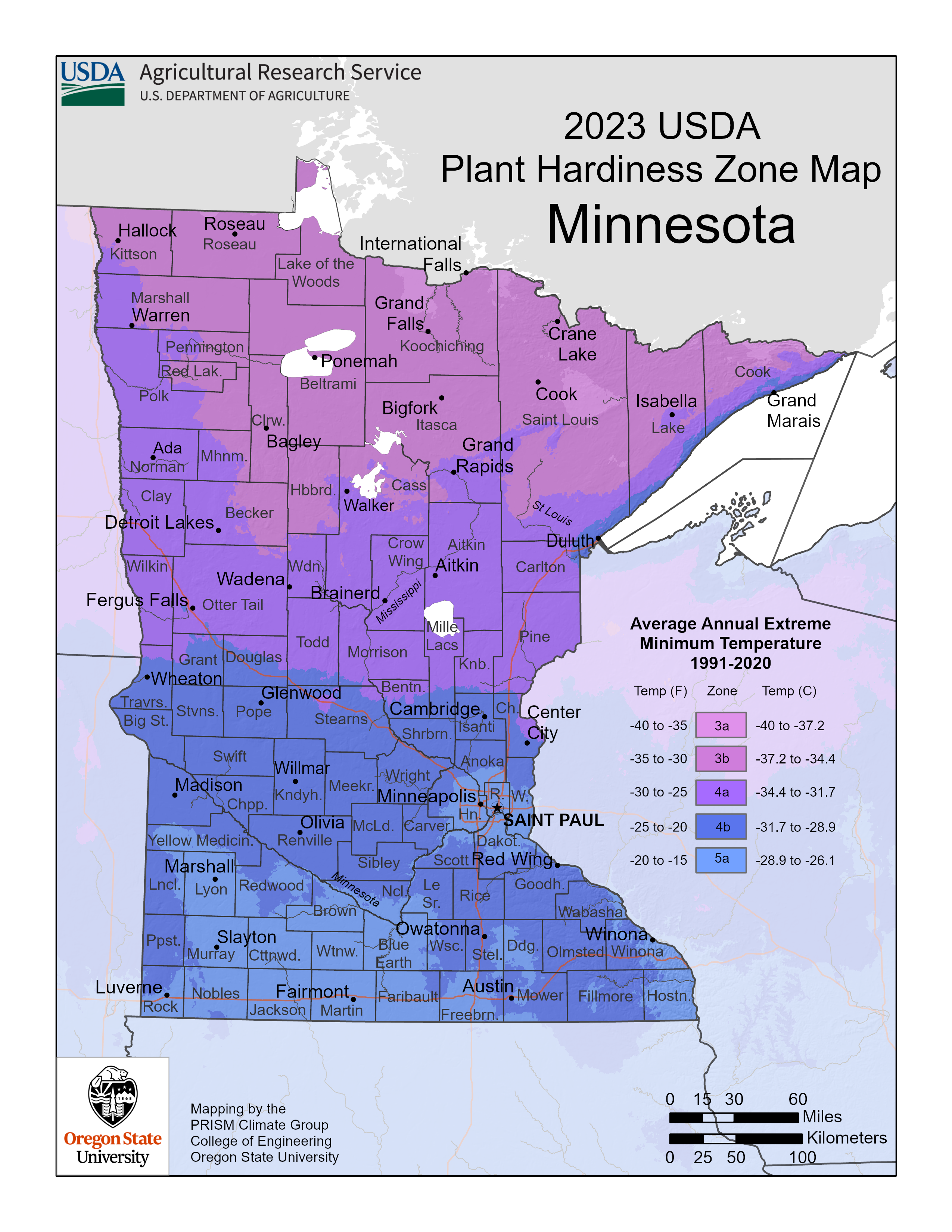
Minnesota Plant Hardiness Zones Map And Gardening Guide
There’s a lot to know about Minnesota plant hardiness zones, including extreme weather, gardening tips, and plant suggestions!
-

Oregon Plant Hardiness Zones Map And Gardening Guide
There’s a lot to know about Oregon plant hardiness zones, including extreme weather, gardening tips, and plant suggestions!
-
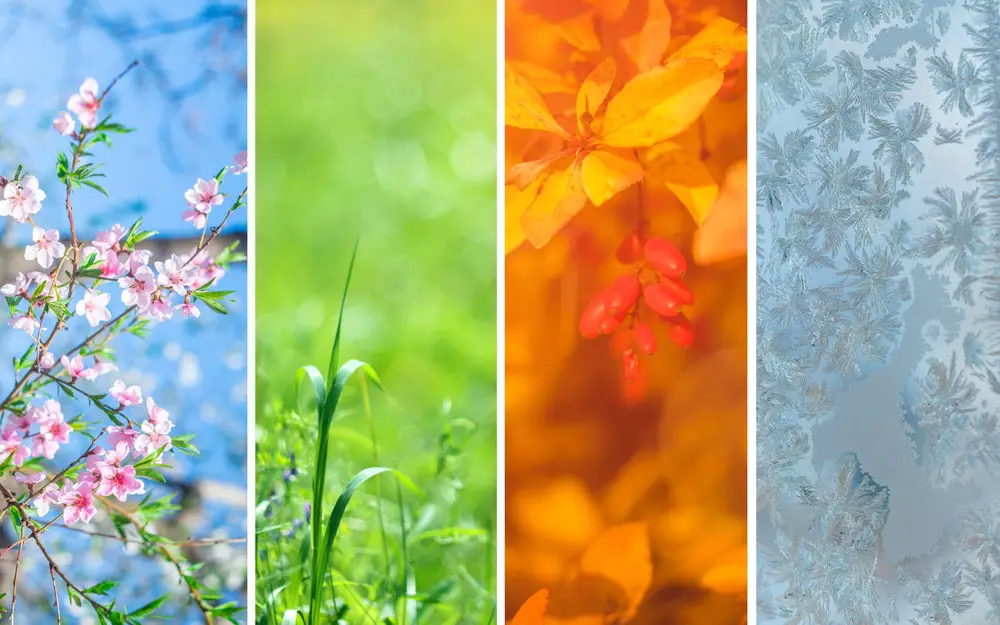
How To Use USDA Plant Hardiness Zones Info To Garden Successfully
Whether you’re a seasoned gardener or just learning, you’ve likely heard about plant hardiness zones. But there’s more to know about them than just their classification and temperatures.
-

New Mexico Plant Hardiness Zones Map And Gardening Guide
There’s a lot to know about New Mexico plant hardiness zones, including extreme weather, gardening tips, and plant suggestions!
-
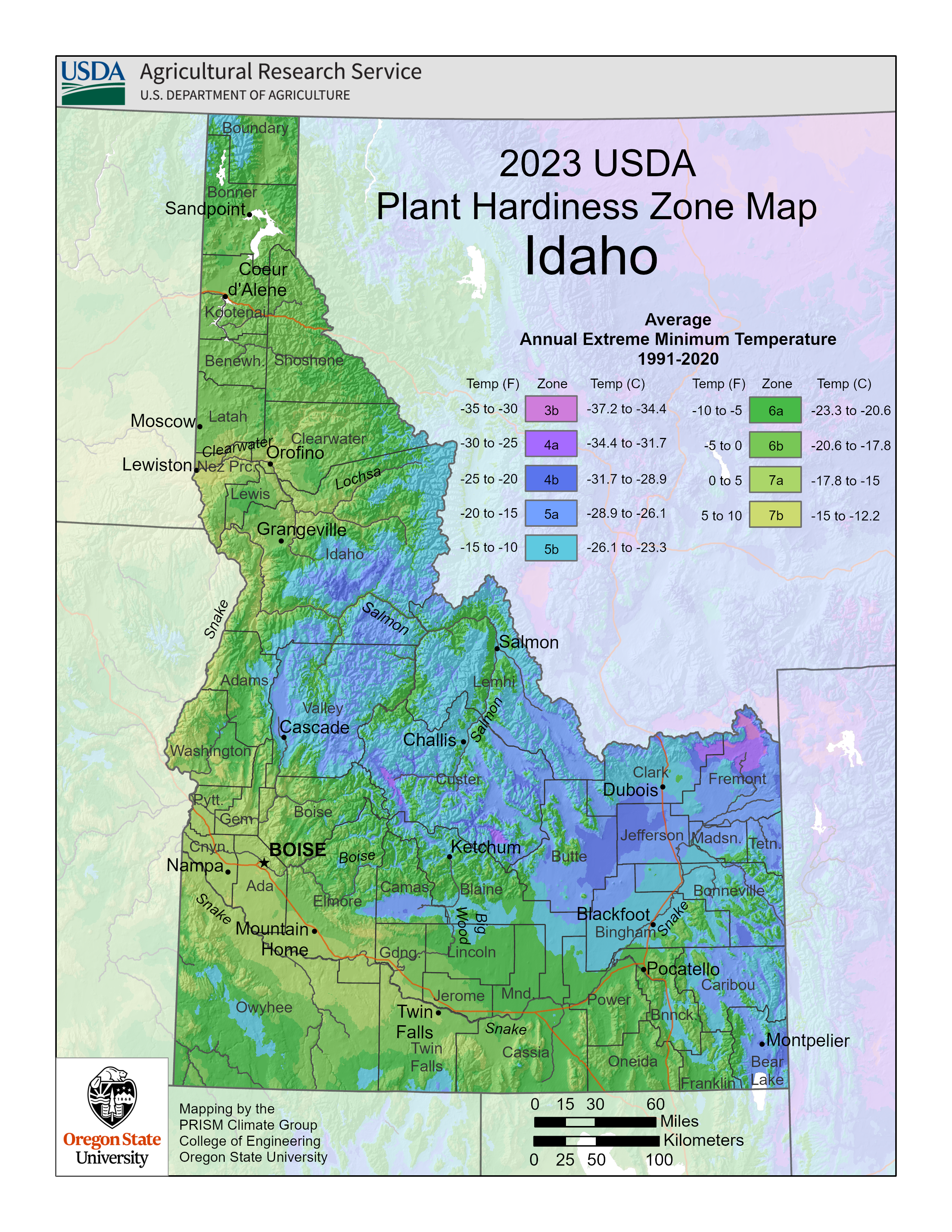
Idaho Plant Hardiness Zones Map And Gardening Guide
There’s a lot to know about Idaho plant hardiness zones, including extreme weather, gardening tips, and plant suggestions!
-
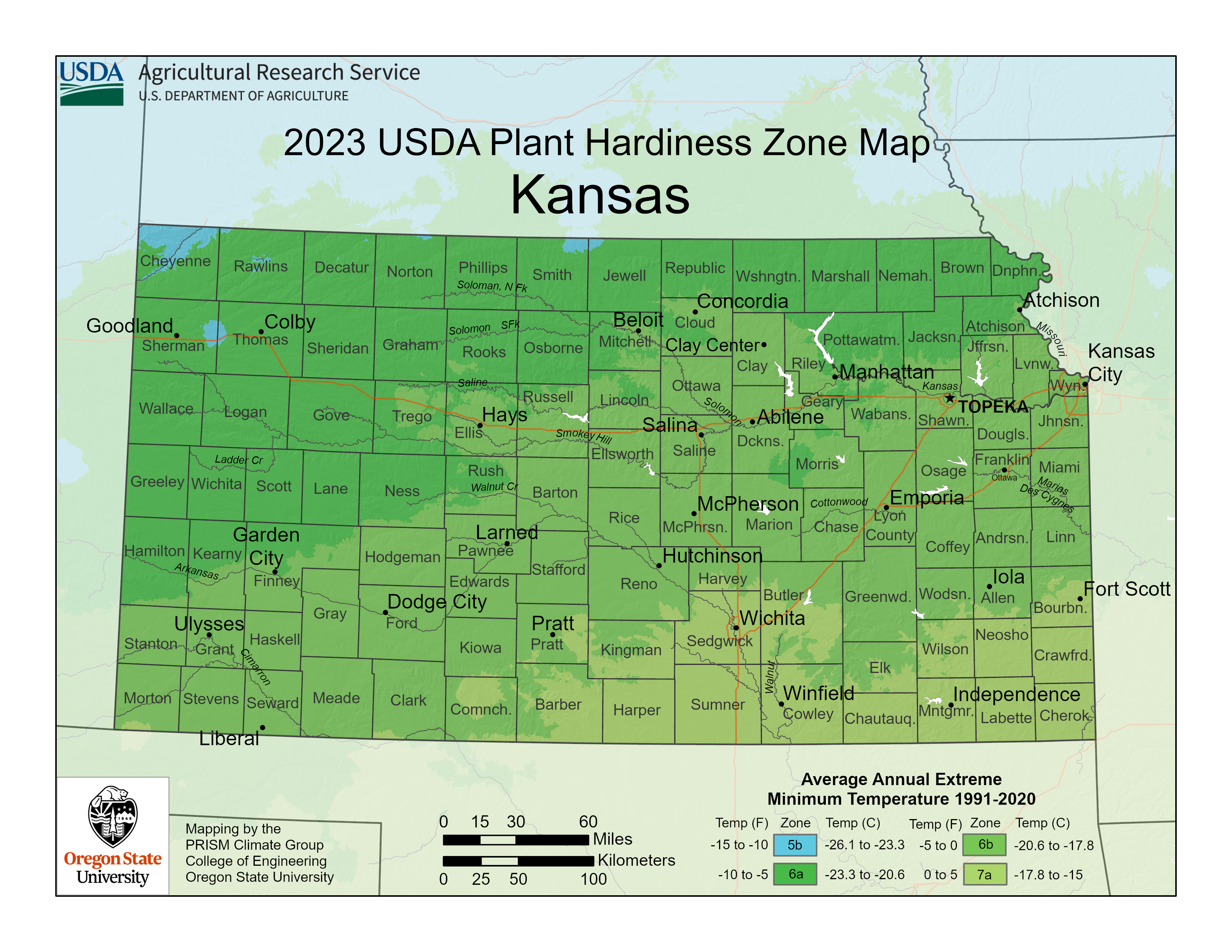
Kansas Plant Hardiness Zones Map And Gardening Guide
There’s a lot to know about Kansas plant hardiness zones, including extreme weather, gardening tips, and plant suggestions!
-

Washington Plant Hardiness Zones Map And Gardening Guide
There’s a lot to know about Washington plant hardiness zones, including extreme weather, gardening tips, and plant suggestions!
-
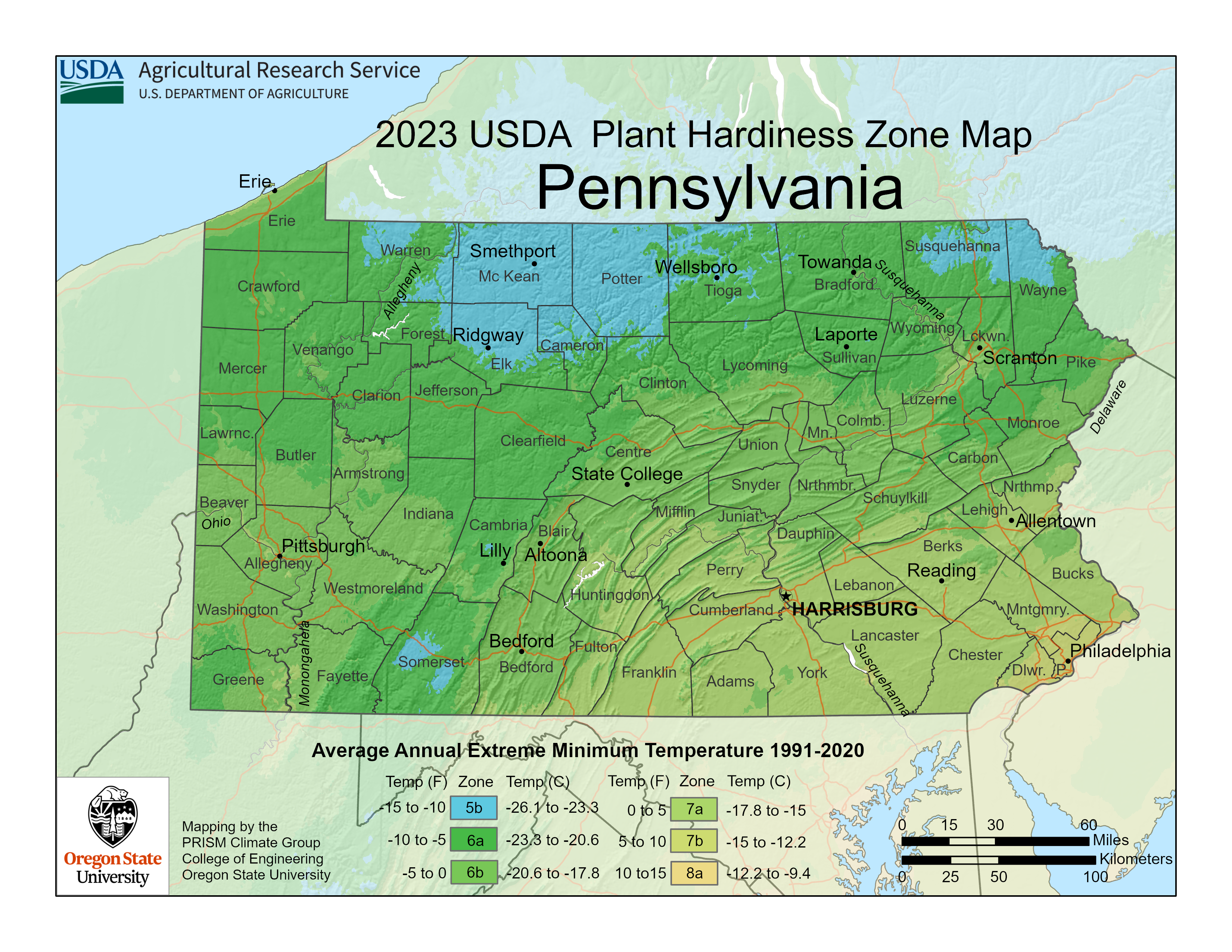
Pennsylvania Plant Hardiness Zones Map And Gardening Guide
There’s a lot to know about Pennsylvania plant hardiness zones, including extreme weather, gardening tips, and plant suggestions!
-
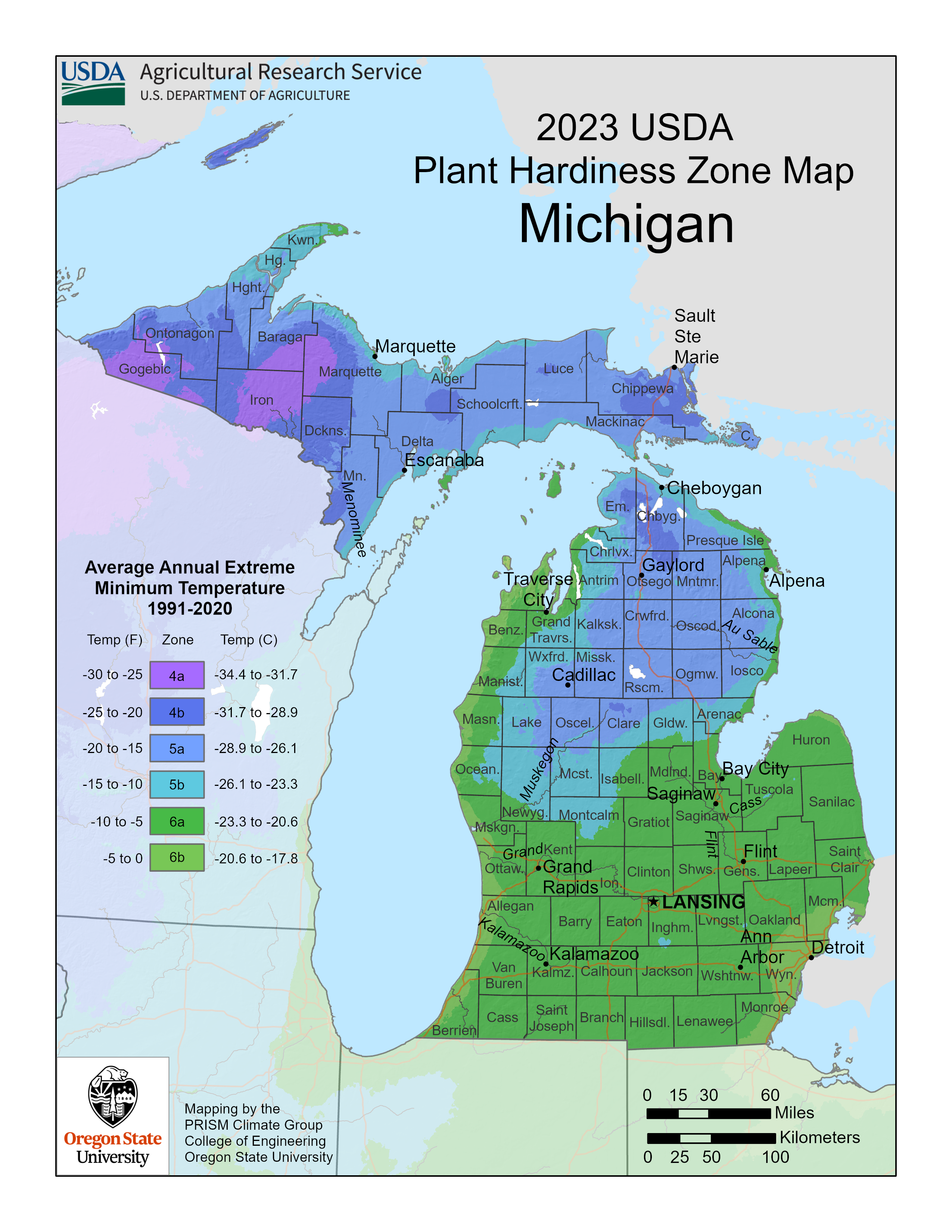
Michigan Plant Hardiness Zones Map And Gardening Guide
There’s a lot to know about Michigan plant hardiness zones, including extreme weather, gardening tips, and plant suggestions!
-
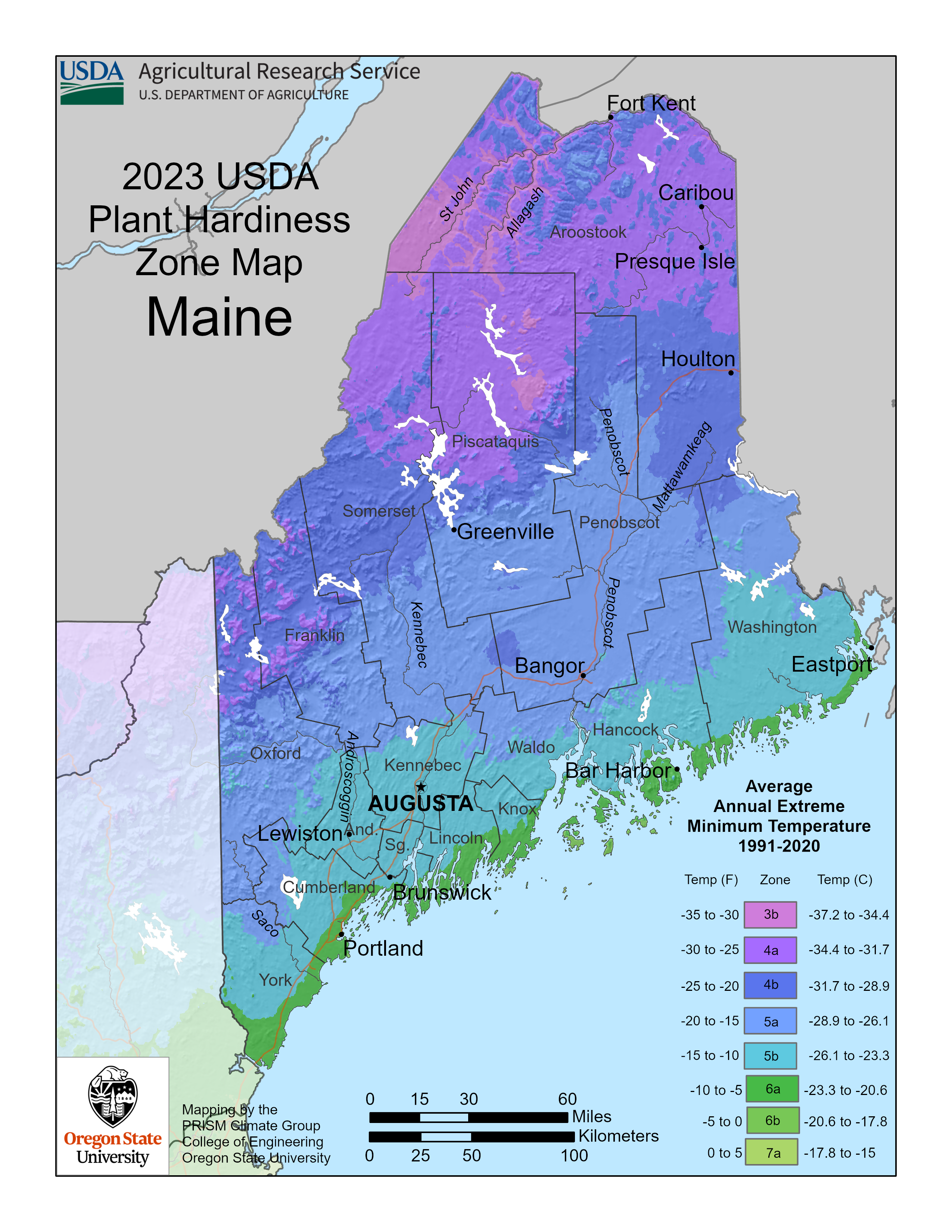
Maine Plant Hardiness Zones Map And Gardening Guide
There’s a lot to know about Maine plant hardiness zones, including extreme weather, gardening tips, and plant suggestions!
-
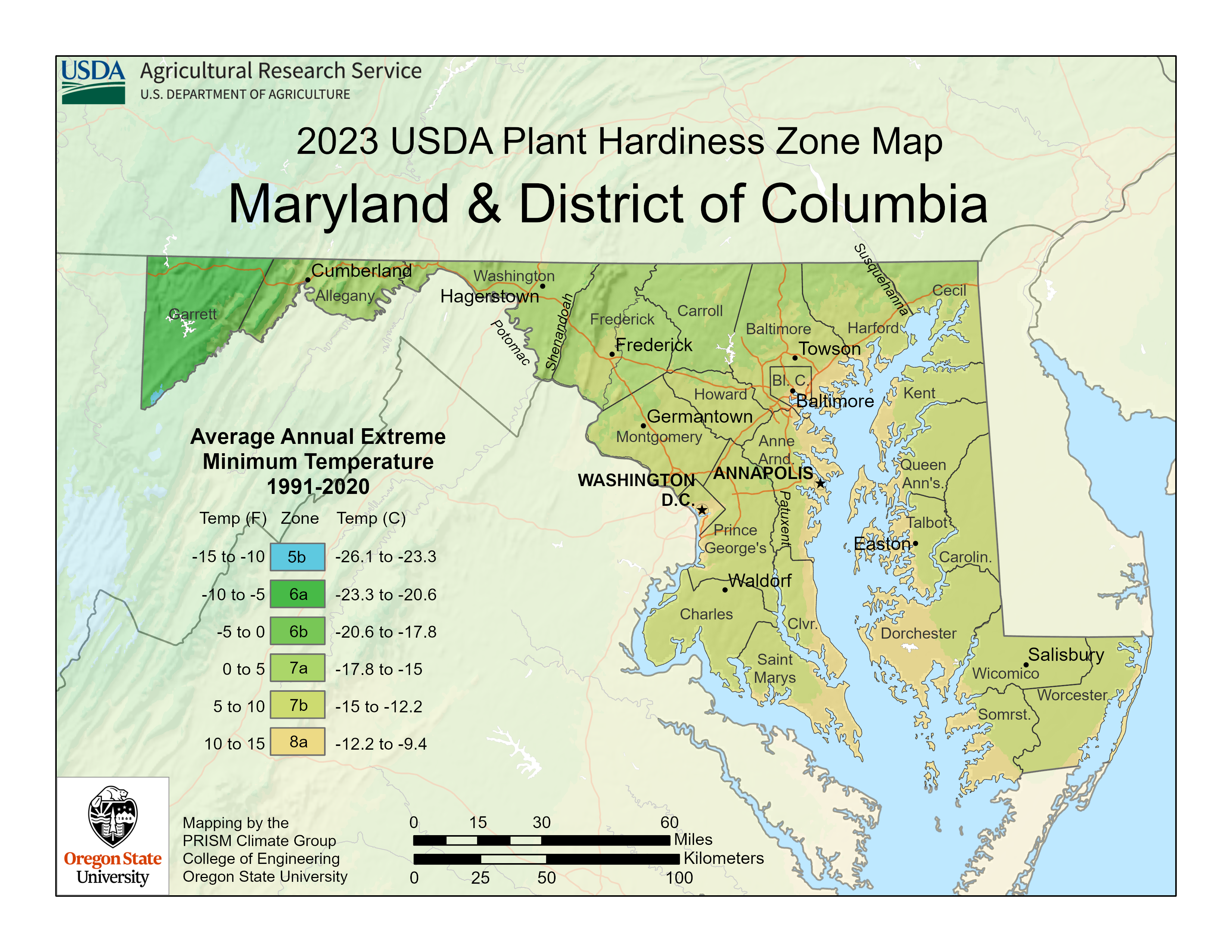
Maryland Plant Hardiness Zones Map And Gardening Guide
There’s a lot to know about Maryland plant hardiness zones, including extreme weather, gardening tips, and plant suggestions!
-
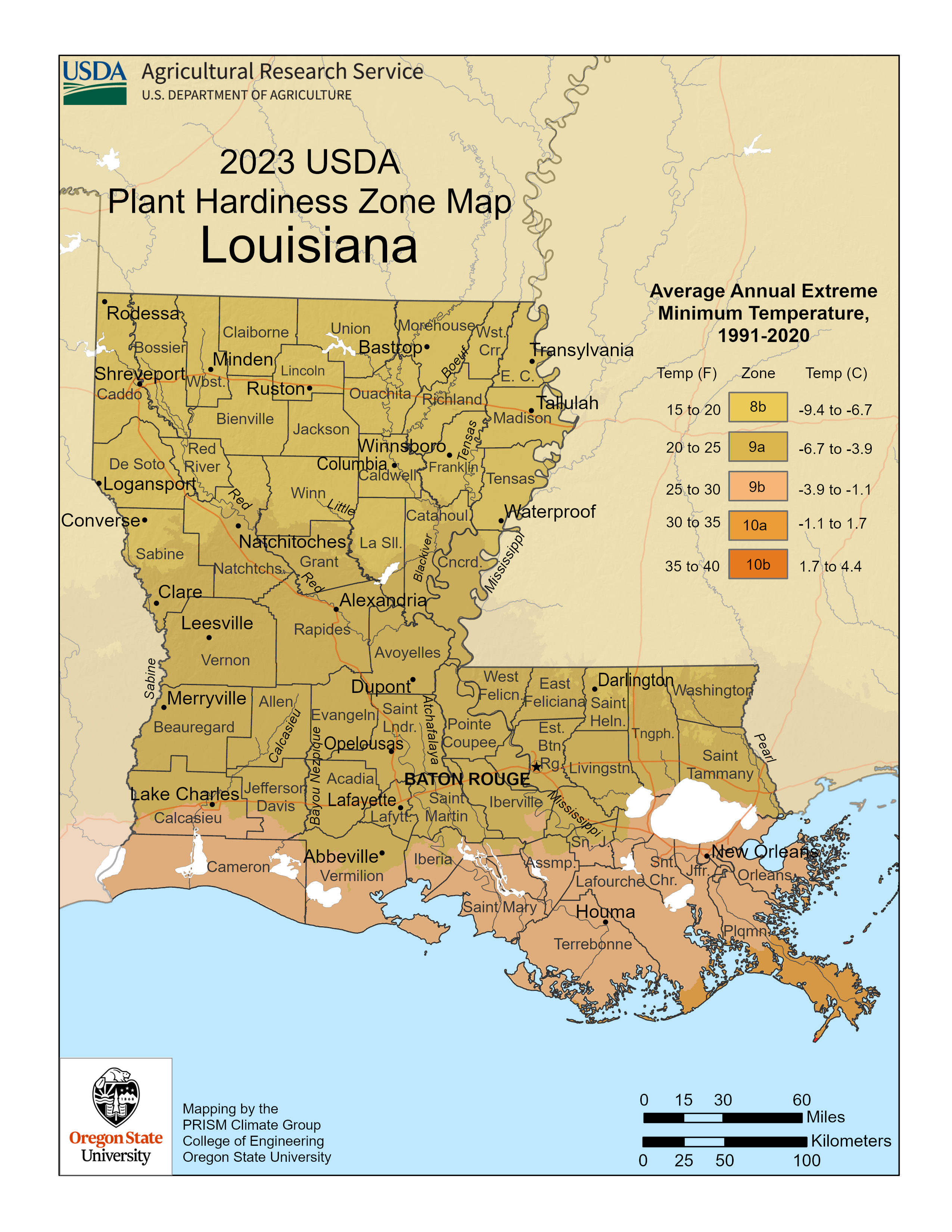
Louisiana Plant Hardiness Zones Map And Gardening Guide
There’s a lot to know about Louisiana plant hardiness zones, including extreme weather, gardening tips, and plant suggestions!
-
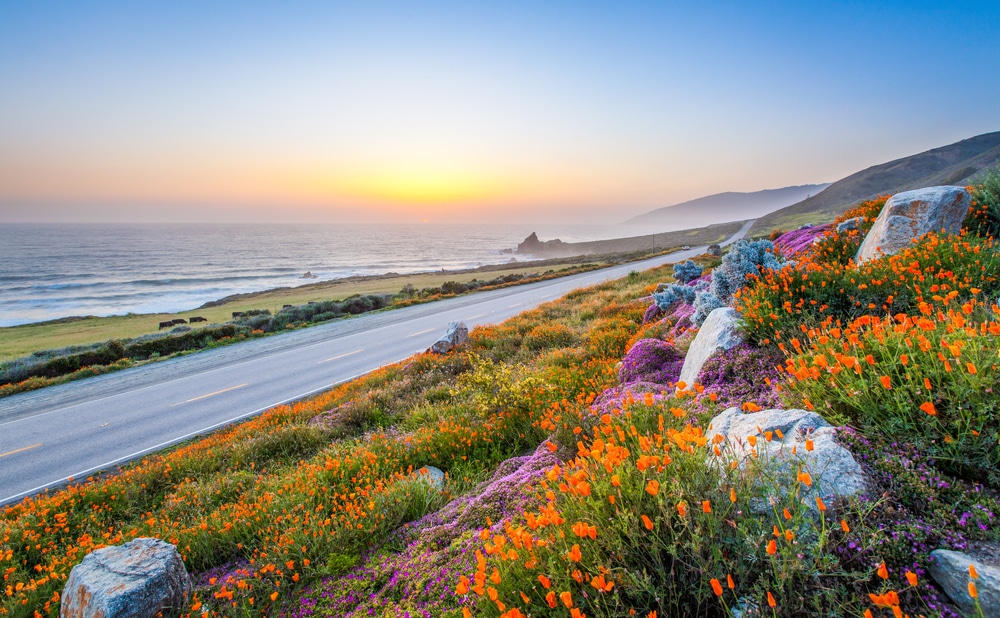
California Plant Hardiness Zones Map And Gardening Guide
There’s a lot to know about California plant hardiness zones, including extreme weather, gardening tips, and plant suggestions!
-
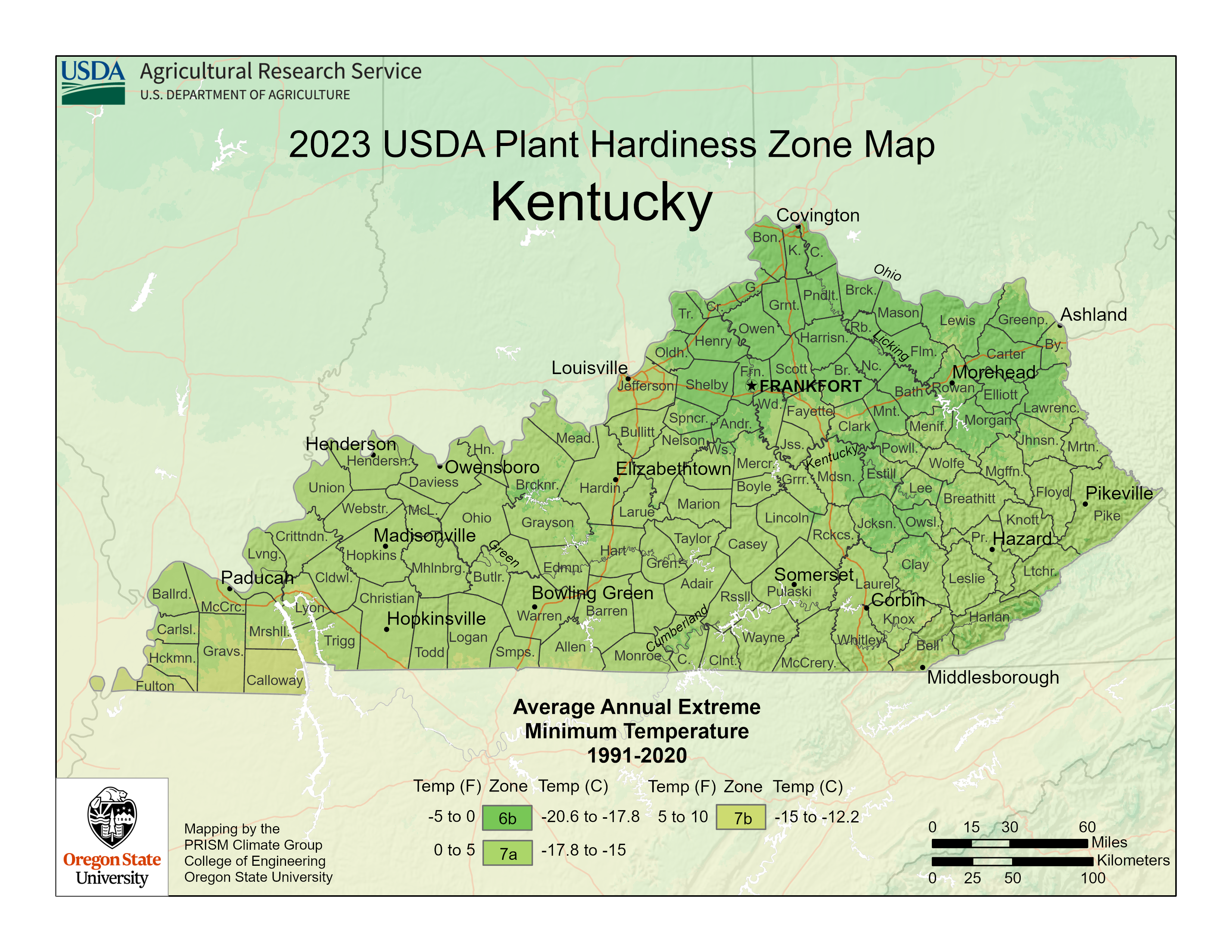
Kentucky Plant Hardiness Zones Map And Gardening Guide
There’s a lot to know about Kentucky plant hardiness zones, including extreme weather, gardening tips, and plant suggestions!
-
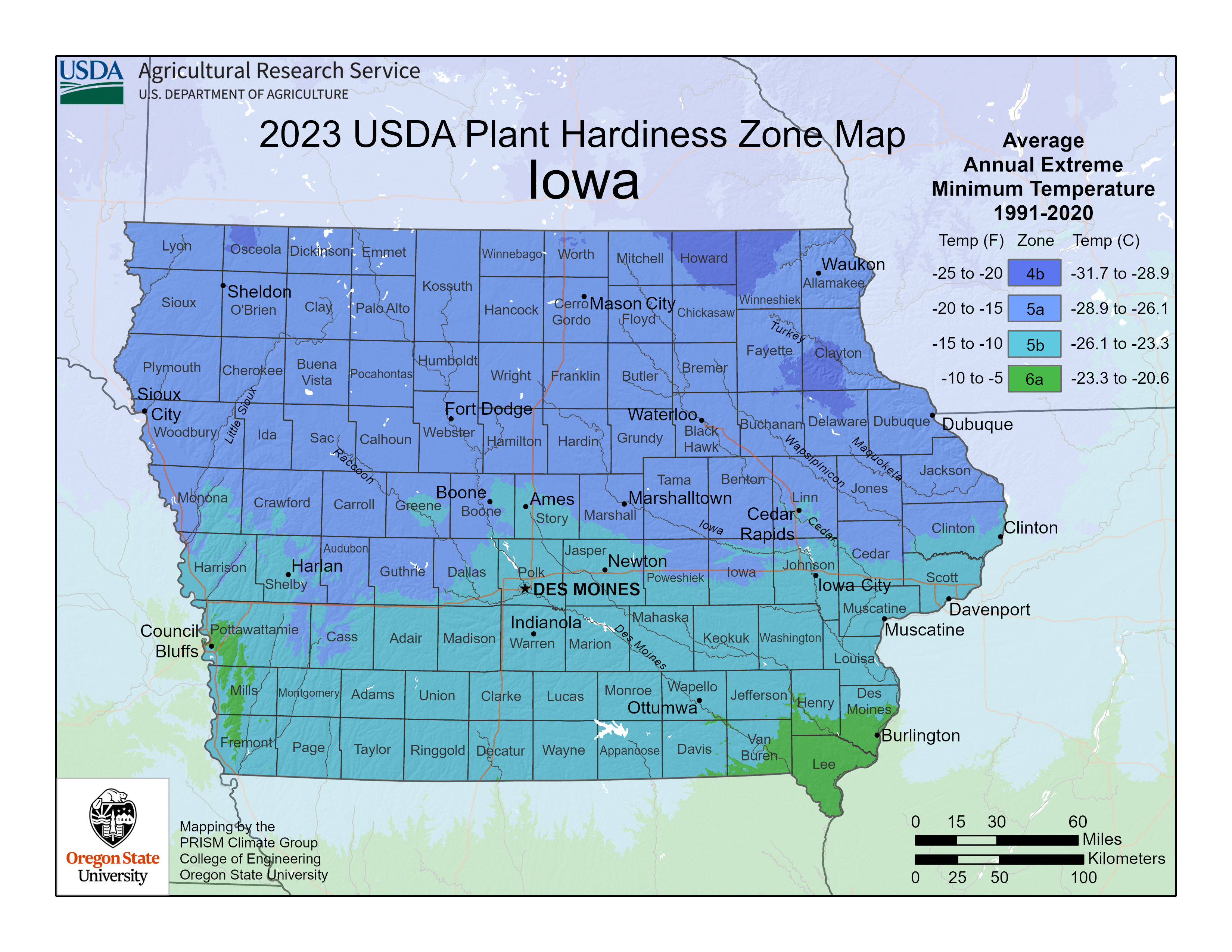
Iowa Plant Hardiness Zones Map And Gardening Guide
There’s a lot to know about Iowa plant hardiness zones, including extreme weather, gardening tips, and plant suggestions!